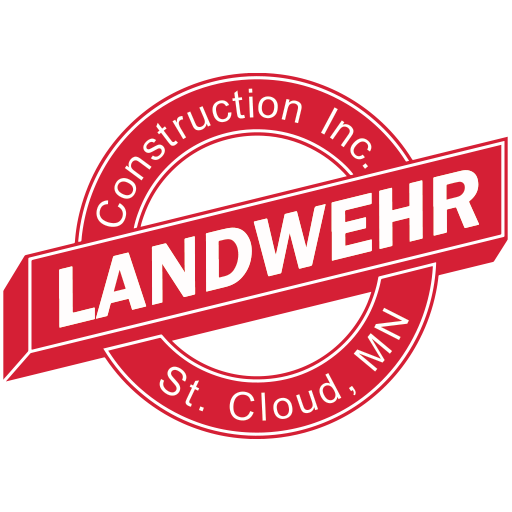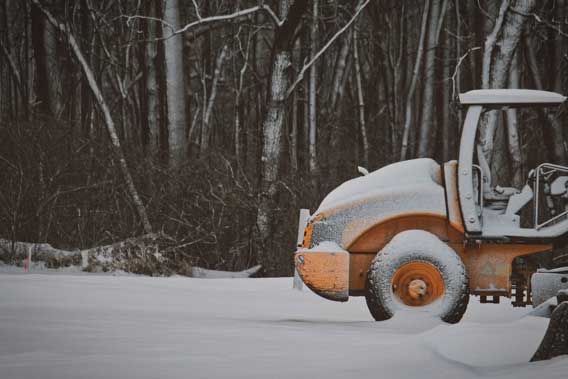While winter doesn’t stop most construction crews, it can be a dangerous time for workers. Extreme cold, ice, and snow can all create unsafe working conditions, so it’s important for both employers and employees to be well-educated on the best practices for winter construction safety. As you read these tips, bear in mind that worker safety should be prioritized above all else.
Know the Forecast
Winter weather, especially in the Midwest, can turn from mild and sunny to a full-on blizzard in a matter of hours. Employers should be well-informed of the weather, checking the forecast at the beginning of the workday and monitoring it throughout. If a storm is scheduled to hit, inform workers and allow them enough time to travel home in safe driving conditions.
When deciding whether it’s safe for your workers to be outside, don’t forget to consider the Wind Chill. Provide plenty of opportunities for employees to take breaks and warm up in a heated space. If possible, limit their exposure by prioritizing indoor tasks when the weather is less than agreeable. For a more comprehensive reference, check out OSHA’s article on cold stress.
Personal Protective Equipment
In addition to standard construction PPE, winter calls for extra protection from the elements. Layer clothing with moisture-wicking garments on the bottom to prevent getting wet. Clothing should be loose enough to prevent circulation restriction but not so loose as to get in the way of the job.
Boots should be slip-resistant and insulated, and if they are equipped with steel toes, add an extra pair of socks to protect skin from the metal. Most of the body’s heat escapes through the head, so don’t skimp on a hat. Gloves should be insulated but still allow workers to perform their jobs, and it’s not a bad idea to keep an extra pair on hand in case they get soaked. Cheeks and noses are especially susceptible to frostbite, so facemasks or balaclavas should be work in extreme cold.
Temperatures can change quickly, so if removing or adding layers throughout the day, make sure your high visibility clothing is always on the outermost layer.
Conduct Worksite and Equipment Inspections
When arriving at your worksite, clean snow, ice, and icicles off rooftops, walkways, and working surfaces. Look for fallen trees or power lines, and apply sand and salt to surfaces to melt ice and provide workers with grip. Pay attention to weather throughout the day, too; snow may melt and refreeze, creating ice where there was previously none.
Inspect cranes, trucks, and other equipment for ice, especially on the stairs, and clear loose snow off windscreens to ensure operators have full visibility. Make sure cab heating is fully functional, and consider adding emergency winter kits to vehicles; they should contain things like ice scrapers, snow shovels, blankets, water bottles, and basic first aid packs. Some equipment, like hoses, can become stiff and easily breakable in the cold, so warm up equipment properly before using.
Educate
Take time to educate workers on proper winter construction safety, including recognizing the signs of frostbite and hypothermia and the importance of taking breaks to warm up. Provide a refresher course on fall protection with increased focus on recognizing slippery conditions and maintaining three points of contact when climbing.
If you’re looking for a company to provide safe, efficient winter construction work, look no further than Landwehr Construction. We’ve served Minnesota and the surrounding areas since 1895 and have prioritized employee safety from the very beginning.

